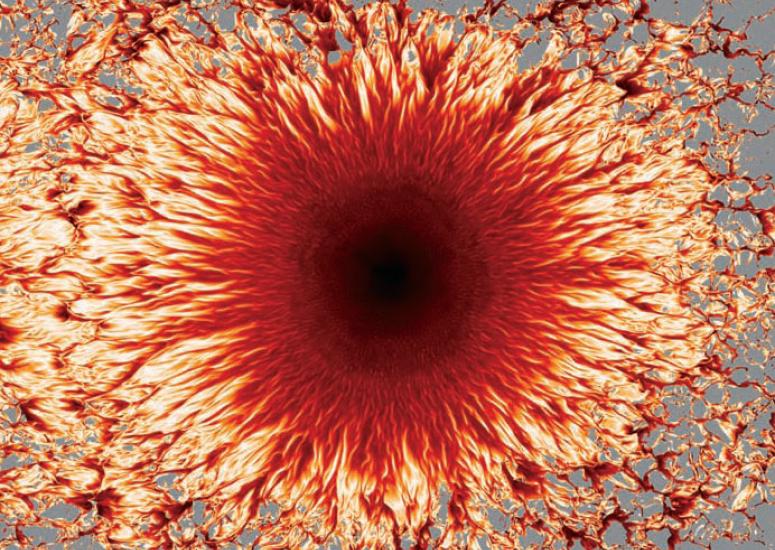-

The Sun's a hot topic
The public is keenly interested in the Sun and its doings. “Sunspots” is one of the most frequent search terms bringing visitors to the NCAR/UCAR website.
- Sun + Space Weather
-

More to Solar Cycle than Sunspots; Sun Also Bombards Earth with High-Speed Streams of Wind
Challenging conventional wisdom, new research finds that the number of sunspots provides an incomplete measure of changes in the Sun's impact on Earth over the course of the 11-year solar cycle.
